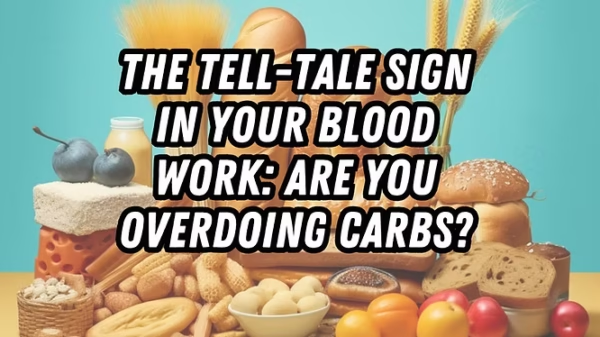Carbs: The Good, The Bad, and The Ugly - Know the Difference and Feel the Impact!
The myth that all carbohydrates are harmful is just that—a myth! Let’s dive deeper with this handy glycemic index guide, which reveals the truth about carbs and their impact on your health.
The Glycemic Index: A Game-Changer
The glycemic index is a game-changer. It shows how swiftly carbs break down and enter your bloodstream, affecting insulin levels and inflammation. High-glycemic carbs are the real culprits, causing spikes in insulin and raising inflammation throughout your body.
Check This Out
There are so many different foods you can eat. Some have inflammation-fighting, low-glycemic carbs, like fruits and fiber-packed veggies. Others, with medium and high-glycemic carbs, such as white bread, can wreak havoc on your health. So it depends on the types of carbs you are eating to determine which you are eating too much of.
The Bottom Line: Not All Carbs Are Enemies
By focusing on low and medium-glycemic options, you can combat inflammation and experience a healthier, more energetic life.
Don’t let misconceptions about carbs hold you back. Make informed choices and feel the benefits! If this insight resonated with you, please like, comment, and share it with those you care about.
Frequently Asked Questions (FAQ)
The glycemic index measures how quickly a carbohydrate-containing food raises your blood sugar. High-GI foods cause rapid spikes, increasing insulin and inflammation, while low-GI foods provide a slower, steadier energy release.
No. The key is the type of carb. Low-GI carbs like non-starchy vegetables and berries are anti-inflammatory and healthy. High-GI carbs like white bread and sugar are the ones to limit, as they drive inflammation.
Excellent low-glycemic carbs include leafy greens, broccoli, berries, nuts, and legumes. These are packed with fiber and nutrients, which slow sugar absorption and support stable energy levels.








